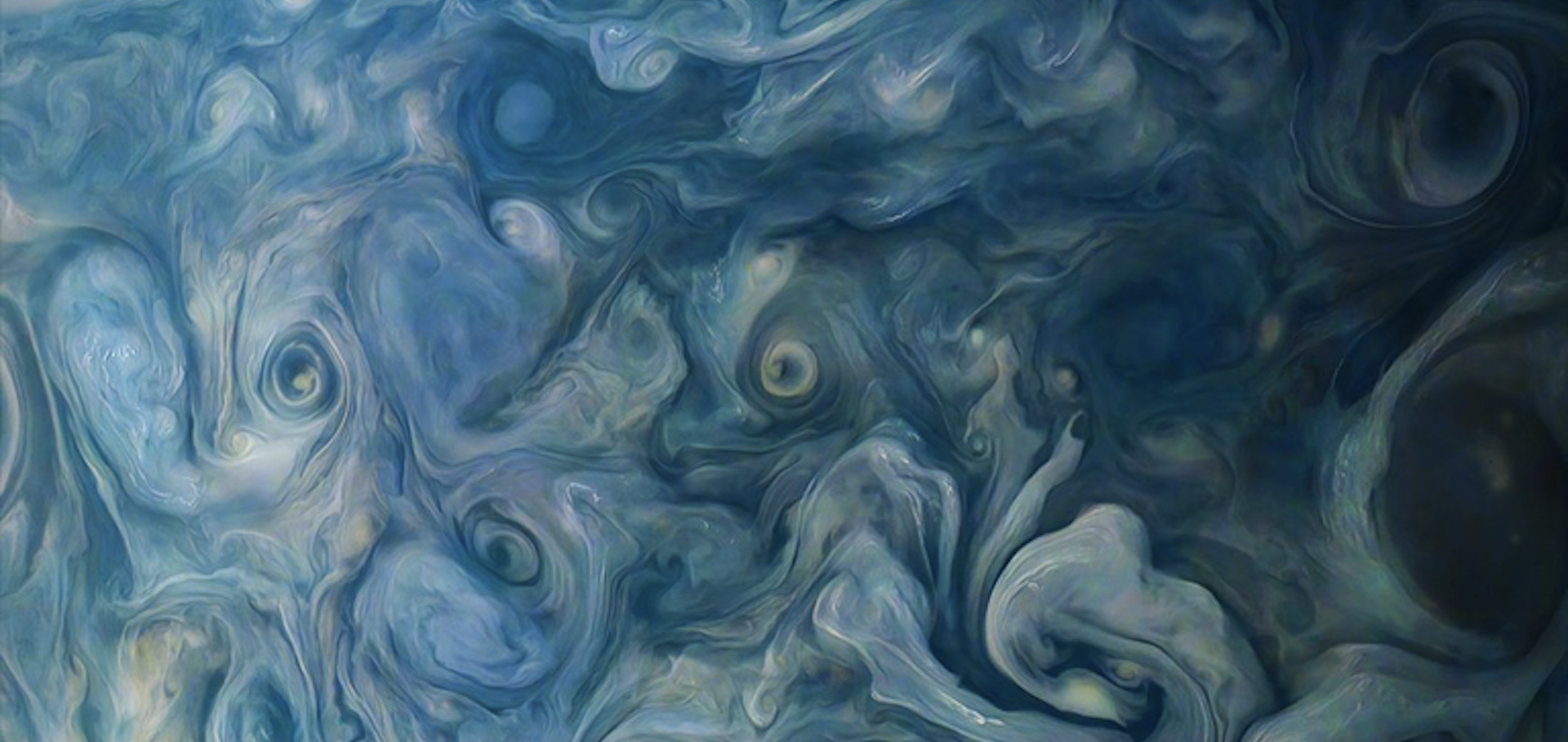Assessing Robustness and Bias in 1D Retrievals of 3D Global Circulation Models at High Spectral Resolution: A WASP-76 b Simulation Case Study in Emission
The Astrophysical Journal American Astronomical Society 990:2 (2025) 106
Abstract:
High-resolution spectroscopy (HRS) of exoplanet atmospheres has successfully detected many chemical species and is quickly moving toward detailed characterization of the chemical abundances and dynamics. HRS is highly sensitive to the line shape and position; thus, it can detect three-dimensional (3D) effects such as winds, rotation, and spatial variation of atmospheric conditions. At the same time, retrieval frameworks are increasingly deployed to constrain chemical abundances, pressure–temperature (P–T) structures, orbital parameters, and rotational broadening. To explore the multidimensional parameter space, we need computationally fast models, which are consequently mostly one-dimensional (1D). However, this approach risks introducing interpretation bias since the planet’s true nature is 3D. We investigate the robustness of this methodology at high spectral resolution by running 1D retrievals on simulated observations in emission within an observational framework using 3D global circulation models of the quintessential HJ WASP-76 b. We find that the retrieval broadly recovers conditions present in the atmosphere, but that the retrieved P–T and chemical profiles are not a homogeneous average of all spatial and phase-dependent information. Instead, they are most sensitive to spatial regions with large thermal gradients, which do not necessarily coincide with the strongest emitting regions. Our results further suggest that the choice of parameterization for the P–T and chemical profiles, as well as Doppler offsets among opacity sources, impact the retrieval results. These factors should be carefully considered in future retrieval analyses.Assessing robustness and bias in 1D retrievals of 3D Global Circulation Models at high spectral resolution: a WASP-76 b simulation case study in emission
(2025)
Ground-breaking exoplanet science with the ANDES spectrograph at the ELT
Experimental Astronomy Springer 59:3 (2025) 29
Abstract:
In the past decade the study of exoplanet atmospheres at high-spectral resolution, via transmission/emission spectroscopy and cross-correlation techniques for atomic/molecular mapping, has become a powerful and consolidated methodology. The current limitation is the signal-to-noise ratio that one can obtain during a planetary transit, which is in turn ultimately limited by telescope size. This limitation will be overcome by ANDES, an optical and near-infrared high-resolution spectrograph for the Extremely Large Telescope, which is currently in Phase B development. ANDES will be a powerful transformational instrument for exoplanet science. It will enable the study of giant planet atmospheres, allowing not only an exquisite determination of atmospheric composition, but also the study of isotopic compositions, dynamics and weather patterns, mapping the planetary atmospheres and probing atmospheric formation and evolution models. The unprecedented angular resolution of ANDES, will also allow us to explore the initial conditions in which planets form in proto-planetary disks. The main science case of ANDES, however, is the study of small, rocky exoplanet atmospheres, including the potential for biomarker detections, and the ability to reach this science case is driving its instrumental design. Here we discuss our simulations and the observing strategies to achieve this specific science goal. Since ANDES will be operational at the same time as NASA’s JWST and ESA’s ARIEL missions, it will provide enormous synergies in the characterization of planetary atmospheres at high and low spectral resolution. Moreover, ANDES will be able to probe for the first time the atmospheres of several giant and small planets in reflected light. In particular, we show how ANDES will be able to unlock the reflected light atmospheric signal of a golden sample of nearby non-transiting habitable zone earth-sized planets within a few tenths of nights, a scientific objective that no other currently approved astronomical facility will be able to reach.Limits on the atmospheric metallicity and aerosols of the sub-Neptune GJ 3090 b from high-resolution CRIRES+ spectroscopy
Monthly Notices of the Royal Astronomical Society Oxford University Press (OUP) (2025) staf469
Limits on the atmospheric metallicity and aerosols of the sub-Neptune GJ 3090 b from high-resolution CRIRES+ spectroscopy
(2025)


